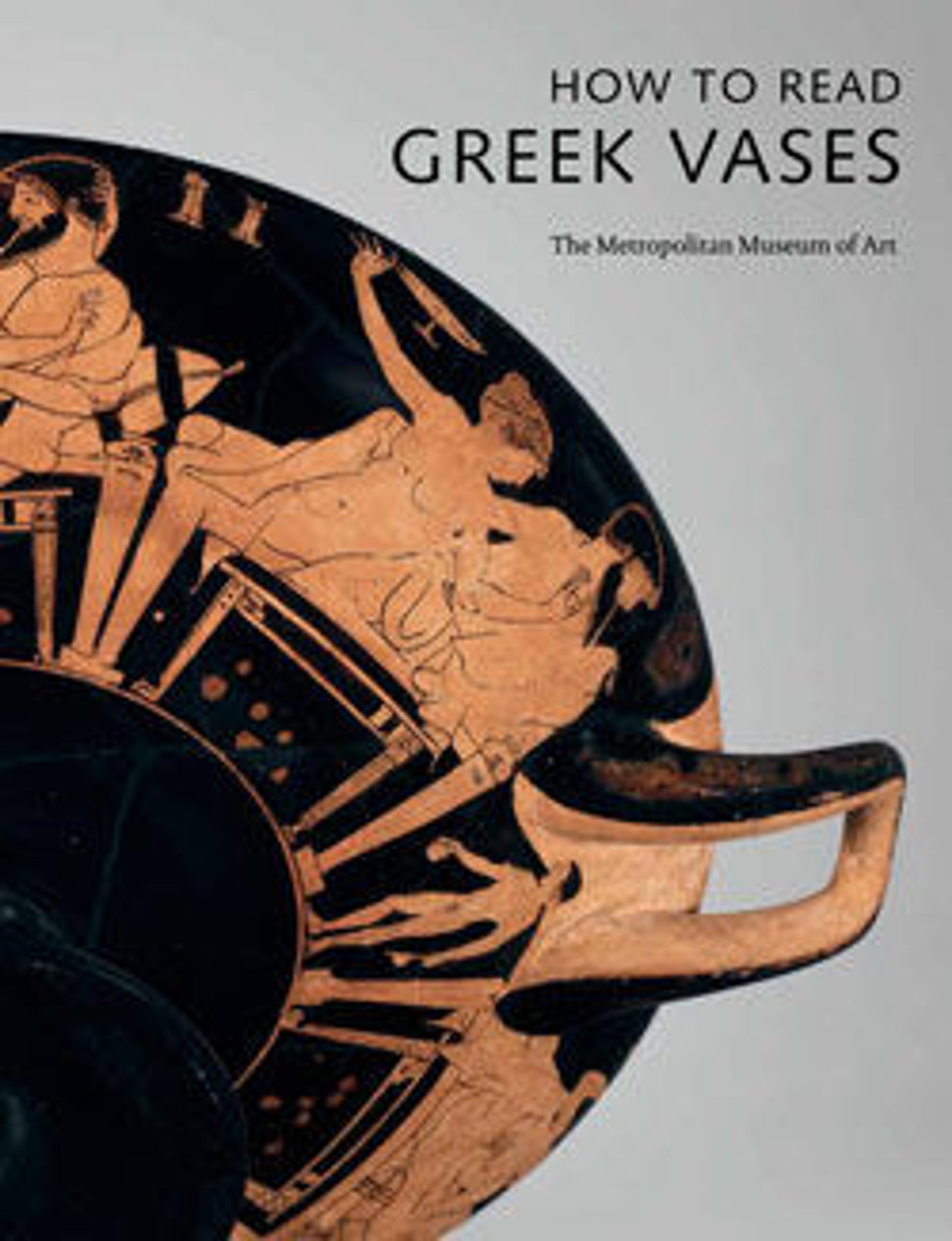Terracotta lekanis (dish) with lid and finial
This elaborate vase belongs to a small class of vessels from Centuripe, a small town in eastern Sicily, where they were apparently made. Characteristically, sumptuous, gilt, high-relief decoration, imitating fine metalwork, is combined with bright tempera paintings. The front and sides of the lid depict a complex scene with several female figures around an altar. One figure holds a tambourine. In the handle-zone, a Medusa head is flanked by Erotes amidst a floral scroll. The finial and base are decorated with shafts of wheat and leaves.
Artwork Details
- Title: Terracotta lekanis (dish) with lid and finial
- Period: Hellenistic
- Date: 2nd half of 3rd century BCE
- Culture: Greek, Sicilian, Centuripe
- Medium: Terracotta
- Dimensions: Overall: 24 1/4 x 24 1/2in. (61.6 x 62.2cm)
- Classification: Vases
- Credit Line: Fletcher Fund, 1930
- Object Number: 30.11.4a–c
- Curatorial Department: Greek and Roman Art
More Artwork
Research Resources
The Met provides unparalleled resources for research and welcomes an international community of students and scholars. The Met's Open Access API is where creators and researchers can connect to the The Met collection. Open Access data and public domain images are available for unrestricted commercial and noncommercial use without permission or fee.
To request images under copyright and other restrictions, please use this Image Request form.
Feedback
We continue to research and examine historical and cultural context for objects in The Met collection. If you have comments or questions about this object record, please contact us using the form below. The Museum looks forward to receiving your comments.
